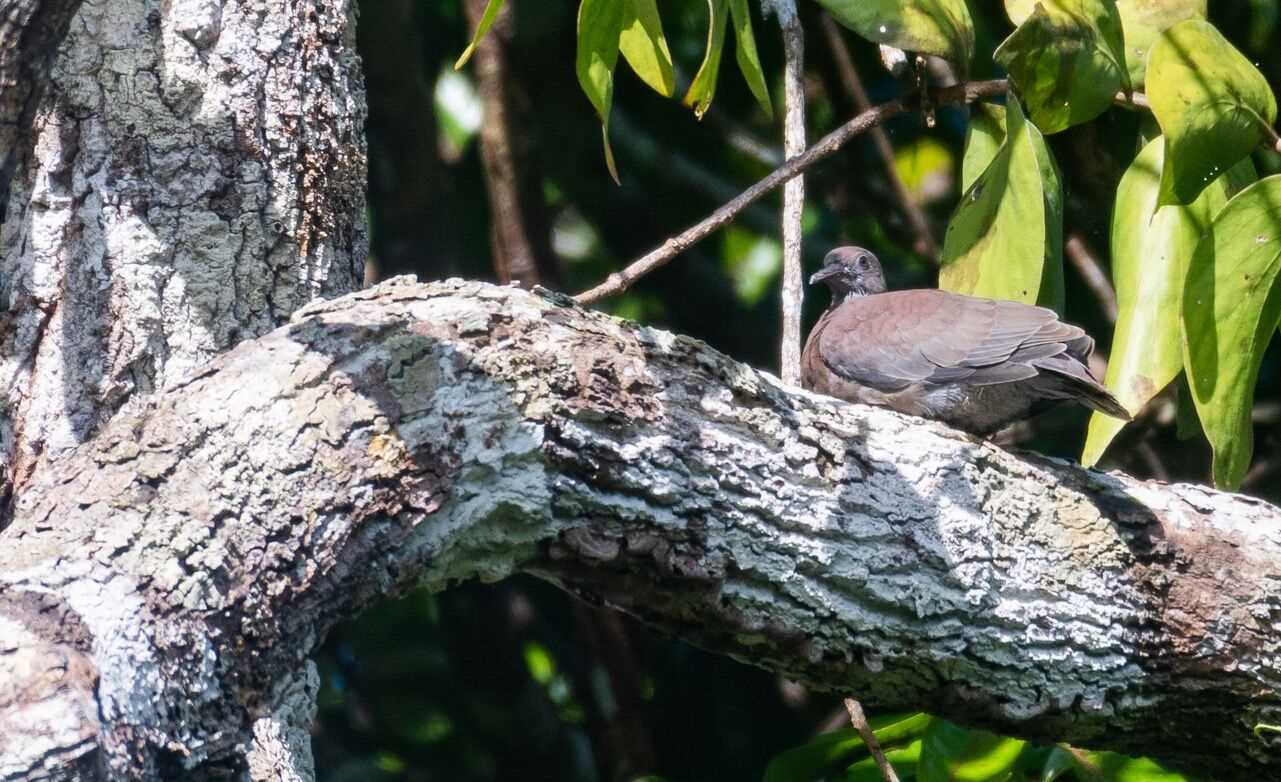Our early morning began by exploring Clavero Lake. Every year, the Ucayali River changes its course depending on the amount of water that runs down from the Andean Mountains. The lake was formed many years ago by this natural event.
The Upper Amazon is a lot more than animals. It is also about the region’s people and how they have managed to survive in this environment. We had the great opportunity to exchange thoughts with several fishermen who kindly showed us some of their catch. In spite of the harsh conditions, we could see their joy as they pulled out the gill nets and collected all that was caught.
It was a great day of exploring pristine areas where we saw beautiful birds and learned about the social life of the locals.







